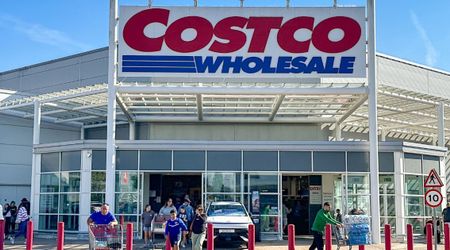How to Protect Yourself from McAfee Google Chrome Pop-up Threats

In recent times, the McAfee Scam has emerged as a deceptive cyber threat. Operating through realistic pop-ups, the scam warns users about their expired antivirus. The scheme is crafted to prompt hasty actions from unsuspecting users. The scam induces panic and exploits the potential victim's fear of compromised security. The urgency is heightened with timers, making the situation appear time-sensitive.

How does the McAfee antivirus scam work?
Faced with the perceived threat of severe virus infection jeopardizing data integrity, users are prompted to take immediate action. Upon accepting the prompt, users are directed to what seems to be an authentic McAfee antivirus subscription page. At times, scammers take it a step further by urging users to download an application for a comprehensive system scan. Once the application is downloaded, scammers gain full access to the victim's computer, putting all sensitive information, including financial and personal data, at risk. Victims may continue using their computers, unaware that their data has been compromised, and they have fallen victim to hacking.
Hackers and scammers exploit users when they land on suspicious websites or download malicious software or browser plugins. The deceptive nature of such pop-ups can mislead users into believing they are genuine alerts. However, users must recognize that these pop-ups are not generated by the computer but through the browser. Taking further action based on these deceptive pop-ups can result in significant financial loss for the user.

How to avoid the McAfee antivirus Scam?
If you happen to encounter these pop-ups in your browser, it is important to remain calm and adopt a systematic approach to address the situation.
1. Avoid clicking on suspicious links or pop-ups: Do not click on links or pop-ups that appear to be from legitimate sources such as McAfee unless you are certain of their legitimacy. It is essential to verify the URL before clicking and hovering over the link to ensure it matches the expected source.
2. Close your browser: An effective way to mitigate the impact of these pop-ups is to promptly close your browser. It is advisable to avoid reopening the same website or tab that triggered the pop-up, as it may still pose a threat. Closing your browser can often be sufficient, but if the pop-ups persist, consider clearing your browser's cache.
3. Clear cache: If fake pop-ups reappear, clearing your browser's cache can be a helpful step. In Google Chrome, this can be done by opening Chrome, clicking the three dots icon at the top right, choosing "Clear browsing data," selecting a time range (preferably "All time"), checking "Cached images and files," and clicking "Clear data."
4. Remove extensions: If pop-ups persist even after clearing the cache, consider disabling browser extensions. This can be achieved by opening Chrome, clicking on the three dots icon, selecting Extensions, going to Manage Extensions, and toggling off or removing suspicious extensions.
5. Use legitimate antivirus software: Installing reputable antivirus software is a proactive measure to prevent potential threats. Legitimate antivirus software can effectively block malicious links and provide a layer of protection for your personal information. Regular updates to the antivirus software are essential for maintaining optimal security.

Should you come across the McAfee pop-up scam or similar fraudulent activities, report them to authorities such as the Federal Trade Commission (FTC), local police, or consumer protection agencies. This can help in taking legal action against perpetrators and serves as a warning to others. Phishing scams like the McAfee pop-up scam are everywhere, but you can easily make sure you're not a victim. All you have to do is beware.






















